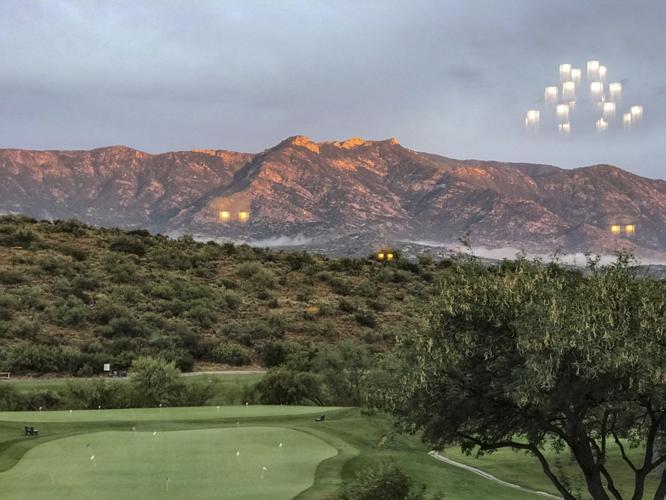How often has something like this happened to you? While driving, you see a great sunrise or sunset and your companion (not you, since you are driving) grabs their SmartPhone and takes a photo. It’s a great photo, but it is filled with reflections from the window(s).
"But why didn’t I see the reflections before I took the photo,” you ask. Rest assured they were there. Fact is, the human eye, attached to the human brain is much smarter than your camera. It helps you “look through” the reflections, and if you don’t specifically look for them, your brain simply ignores the reflections. To my knowledge, no one has as of today has invented a camera that will do that!
But there are ways to minimize reflections when you have no option but to shoot through glass. Tour busses, boats and trains immediately come to mind, but there are many others.
I don’t generally like “rules,” but here are three that from observation and experience I believe are cast in stone:
1. Turn off your flash
2. Do not turn on your flash
3. Make sure your flash is not turned on
When you take a flash photo through a window, the flash is likely going to reflect back to the camera lens, which will wipe out your otherwise award-winning photo!
Now that we have that out of the way, here are some things that will definitely improve your “through-the-glass” photo results:
Start off by actually looking for the reflections. Once you see them, try to find a spot where the reflections are least objectionable. Then look at the scene through your camera or SmartPhone viewfinder/screen. This will confirm whether the reflections are still a problem.
But if you are sitting on a tour bus, you are not going to move very far! So here are a few tricks which may also improve your results. These are also applicable to any situation where you can actually get close to the glass. Not to be redundant, but the closer you can get to the glass, the more you are likely to reduce the reflections.
What we are trying to do here is actually block the light that is causing the reflections. Holding the SmartPhone/camera in both hands, bring the edges of your hands in contact with the glass. Don’t let the camera itself touch the glass, as any vibrations could be transferred to the camera. Looking at your SmartPhone/camera viewscreen, do you see any reflections? If so, try moving your hands around a bit to see if you can further minimize the offending images.
I have found this technique can greatly minimize reflected light, but is not perfect. Any reflected images/light coming down from above may still cause problems. If you are really into experimenting, and can find a way to cover the opening above your hands or camera, that might help further, but most folks, including me, want to keep it simple.
Reflections are not going to go away and we will continue to take pictures “through” them. While the techniques presented here will not eliminate them, they should help minimize their photographic impact.
Space constraints make it difficult to include detailed information in these articles. If you want more info on any of the topics covered in this column, have general questions or comments, or an idea for a future column, please send me an email at PhotographyForEveryone@hagedon.net. And don’t forget to visit the “Saddlebag Notes” photography web pages on their website. (www.saddlebagnotes.com/photography).
Jim has a Fine Arts degree with a major in Photography and over 50 years experience in a wide range of photographic disciplines.





